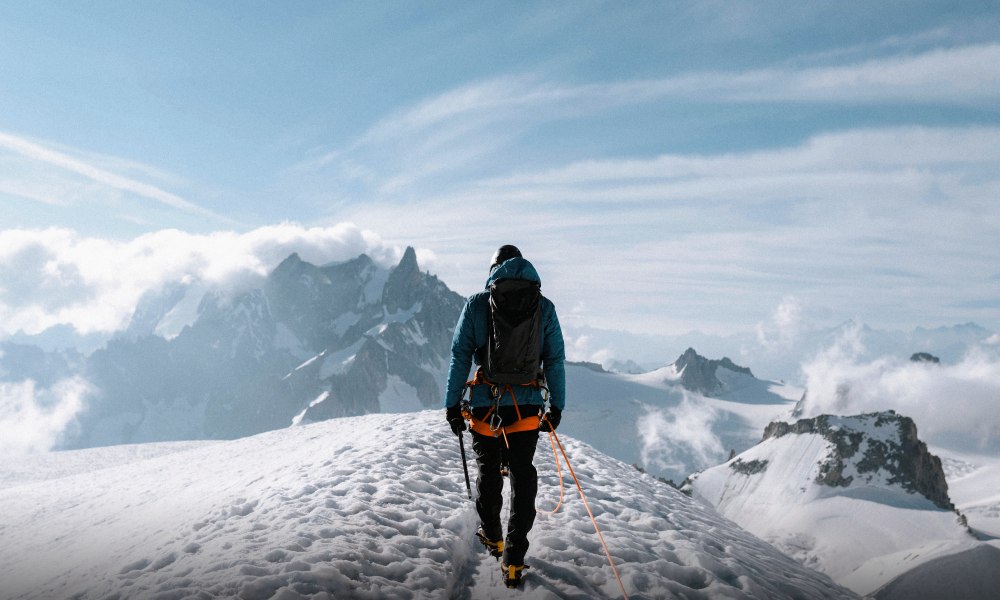Why do you need a Nepal Travel and Trekking Guide? Well, you are planning to spend your vacation by traveling to Nepal but wait, you end up trekking from one mountain to another touching the clouds, feeling more alive than before!
Yes, that’s exactly what happens when you plan to travel to Nepal, often known as the land of mountains, the Himalayas, or Everest!
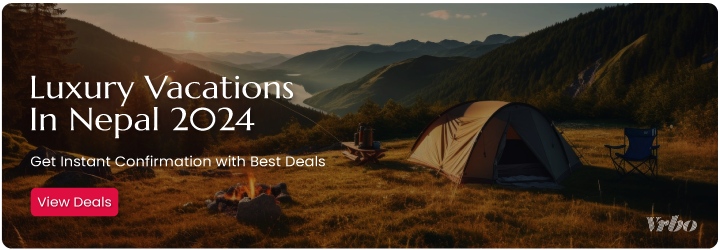
And for a perfect vacation, which is full of adventure in Nepal, you will need this all-in-all guide. This will guide you thoroughly both in traveling and trekking in Nepal, help you to be a part of the rich customs of the Nepalese people and will uncover the factors that every traveler should be aware of before their Nepal trip.
So, what’s stopping you? Let’s dive down to the main discussion!
Table of Content
Discover Nepal: An Overview
Nepal, a country of mountains, green valleys and exciting cultures, always beckons tourists from around the world to experience it. Nestled between India and China, this nation boasts rich nature and culture.
Geography:
Nepal, covering 147,516 sq. km, features diverse landscapes from Terai lowlands to majestic Himalayan peaks. Including Mount Everest, the world’s highest at 8,848 meters.
Cultural Diversity:
Nepal, home to 125+ ethnic communities, boasts a rich blend of cultures, languages, and traditions. From vibrant Kathmandu festivals to serene Himalayan villages, each spot offers a unique glimpse into its captivating culture.
Tourism Statistics:
Nepal’s tourism is vital for its economy, creating jobs and boosting revenue. In 2023, it welcomed 1.2 million overseas visitors, a figure rising consistently.The tourism sector is a substantial source of income for the nation, contributing up to 7.9% of its GDP.
Natural Attractions:
Besides the cultural heritage, Nepal is also glorified for its scenic natural beauty. The country houses ten UNESCO world heritage sites such as the historic city of Bhaktapur and the ancient temples of Lumbini, the birthplace of the lord Buddha. The adventurers of the world throng Nepal for its world-class hiking trails, including the round-trip of Annapurna and the Everest Base Camp trekking, with the best mountain views on the planet.
Best Seasons to Travel in Nepal
Nepal’s magic unfolds throughout the year, but two seasons reign supreme for travelers: Spring (March to May) and Autumn (mid-September to December).
As per national tourism records, the Spring and Autumn seasons have been recording the highest number of tourists visiting Nepal annually. In 2023, the two seasons alone made up around 70% of the total number of tourists who arrived, highlighting their popularity among travelers.
Now let’s explore why these seasons are ideal for your Nepal trip:
Spring (March to May):
Spring paints Nepal in a vibrant palette. Rhododendrons, the national flower, burst into a dazzling display of colors along the trekking routes. Temperatures are pleasantly warm, ranging from 8°C to 28°C (46°F to 82°F), making for comfortable hikes without the scorching summer sun. This window also boasts the least chance of rain, with clear skies offering unobstructed panoramic views of the majestic Himalayas.

Here’s what makes spring a compelling choice:
- Ideal Trekking Conditions: With dry trails and comfortable temperatures, spring is a trekker’s paradise. Popular routes like Everest Base Camp and Annapurna Circuit experience ideal conditions for exploration.
- Blooming Beauty: Witness the breathtaking spectacle of Nepal’s diverse flora in full bloom. Rhododendrons transform the landscape into a painter’s dream, adding a touch of magic to your trek.
- Fewer Crowds: Compared to the peak autumn season, spring offers a slightly less crowded experience, allowing you to enjoy the tranquility of the mountains.
Autumn (Mid-September to December):
Autumn in Nepal is a photographer’s dream. The monsoon rains have cleansed the air, leaving behind crystal-clear skies that showcase the Himalayas in all their glory. Temperatures are slightly cooler than spring, ranging from -2°C to 20°C (28°F to 68°F), perfect for crisp mornings and refreshing hikes. While some higher regions may experience occasional snowfall, the lower trails remain comfortable for exploration.

Here’s what makes autumn a top contender:
- Unparalleled Views: Dry, clear skies offer the most spectacular vistas of the Himalayan giants. Witness the snow-capped peaks in pristine detail, a sight that will leave you breathless.
- Pleasant Temperatures: Enjoy comfortable hiking conditions with cool mornings and mild afternoons. Pack layers for the varying temperatures, but overall, expect pleasant weather for outdoor activities.
- Festive Spirit: Immerse yourself in the vibrant Dashain festival, Nepal’s biggest celebration. Witness traditional dances, music, and cultural displays, adding a unique dimension to your trip.
Choosing Between Spring and Autumn:
Ultimately, the best season for your Nepal adventure depends on your preferences. Here’s a quick guide to help you decide:
- For comfortable trekking with blooming landscapes and slightly less crowded trails, choose Spring.
- For unparalleled mountain views, crisp autumn air, and a chance to experience a cultural festival, choose Autumn.
Travel and Trekking in Nepal
Nepal beckons with the promise of epic hikes, breathtaking scenery, and a deep connection with nature. Whether you’re a seasoned trekker or a curious explorer, Nepal offers a diverse range of experiences to suit every level of experience and interest.
However, these are the best spots in Nepal for trekking if you are looking forward to having one!
Best Travel Experience & Trekking Spots in Nepal
1. Everest Base Camp Trek:
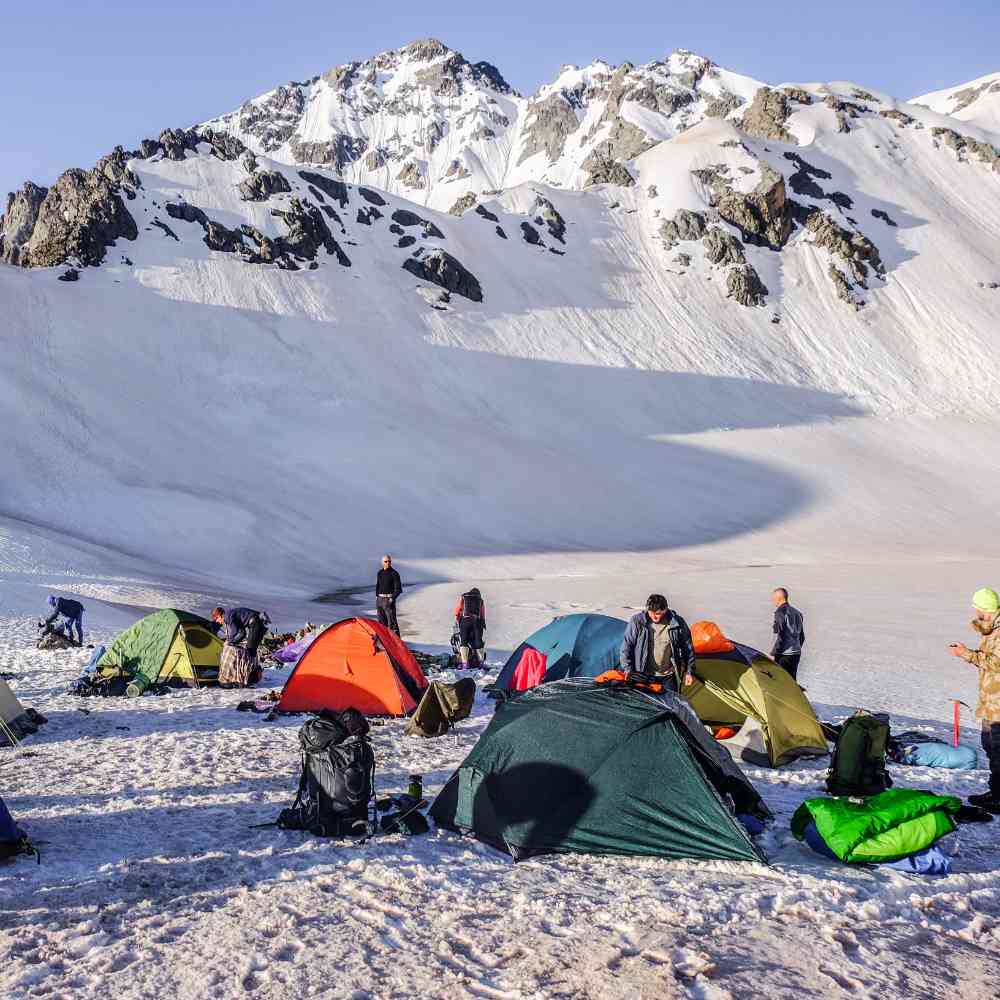
The Everest base camp trek makes its way up to the base camp of the world’s highest peak, Mt. Everest, and gives you breathtaking vistas of the Himalayas region along with a chance to get a glimpse of Sherpa culture.
2. Upper Mustang Jeep Tour:
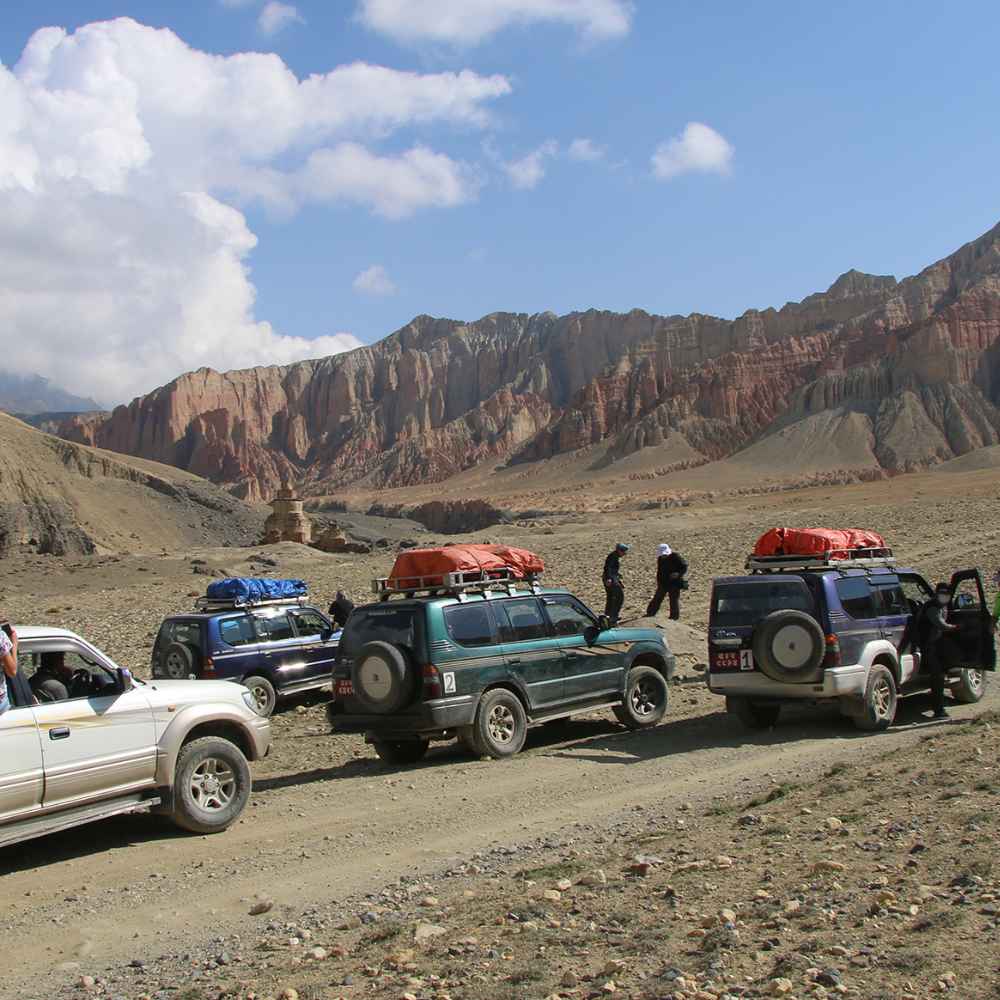
The Upper Mustang Jeep Tour offers a unique and adventurous way to explore one of Nepal’s most remote and culturally rich regions. Located in the rain shadow of the Himalayas, Upper Mustang is renowned for its stark landscapes, ancient Tibetan Buddhist monasteries, and unique cultural heritage.
3. Annapurna Circuit Trek:
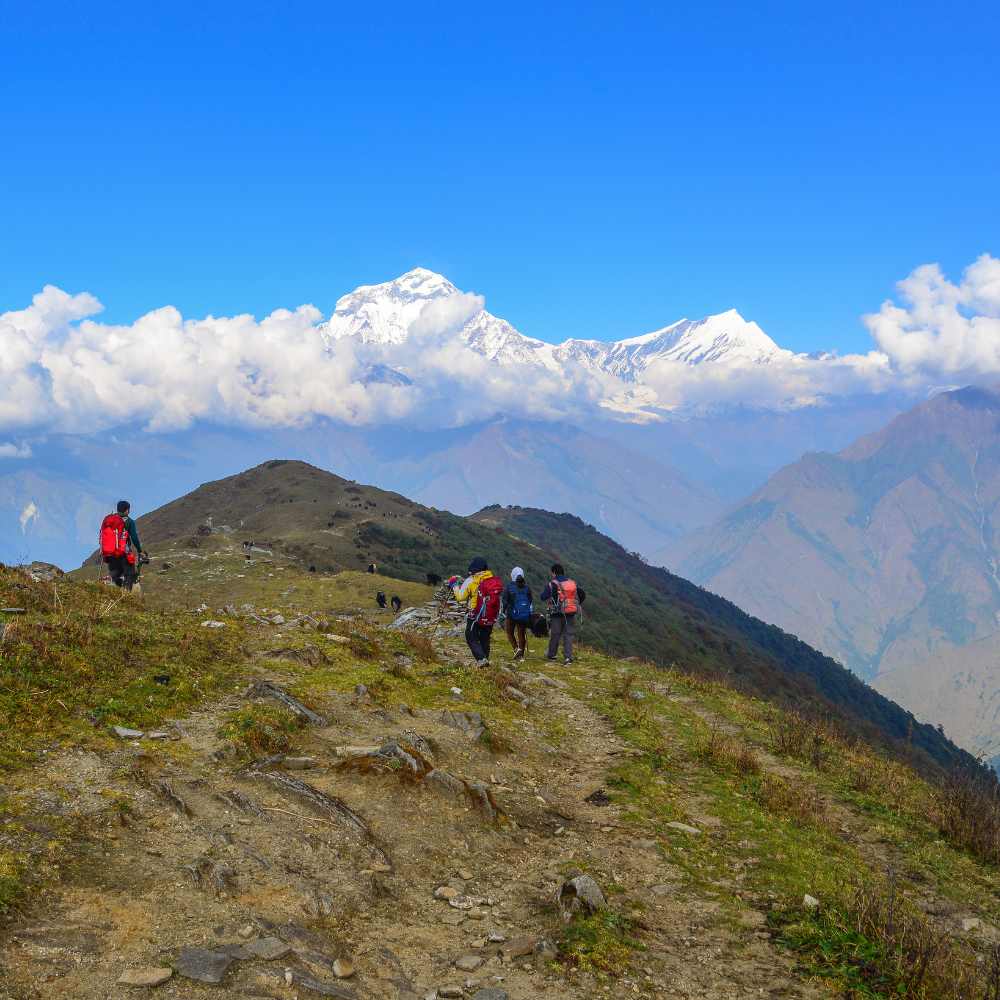
The great feature of this trek is its varied scenery whereas the Annapurna Massif circled brings you through lush forests, high mountain passes, and traditional villages.
4. Manaslu Circuit Trek:
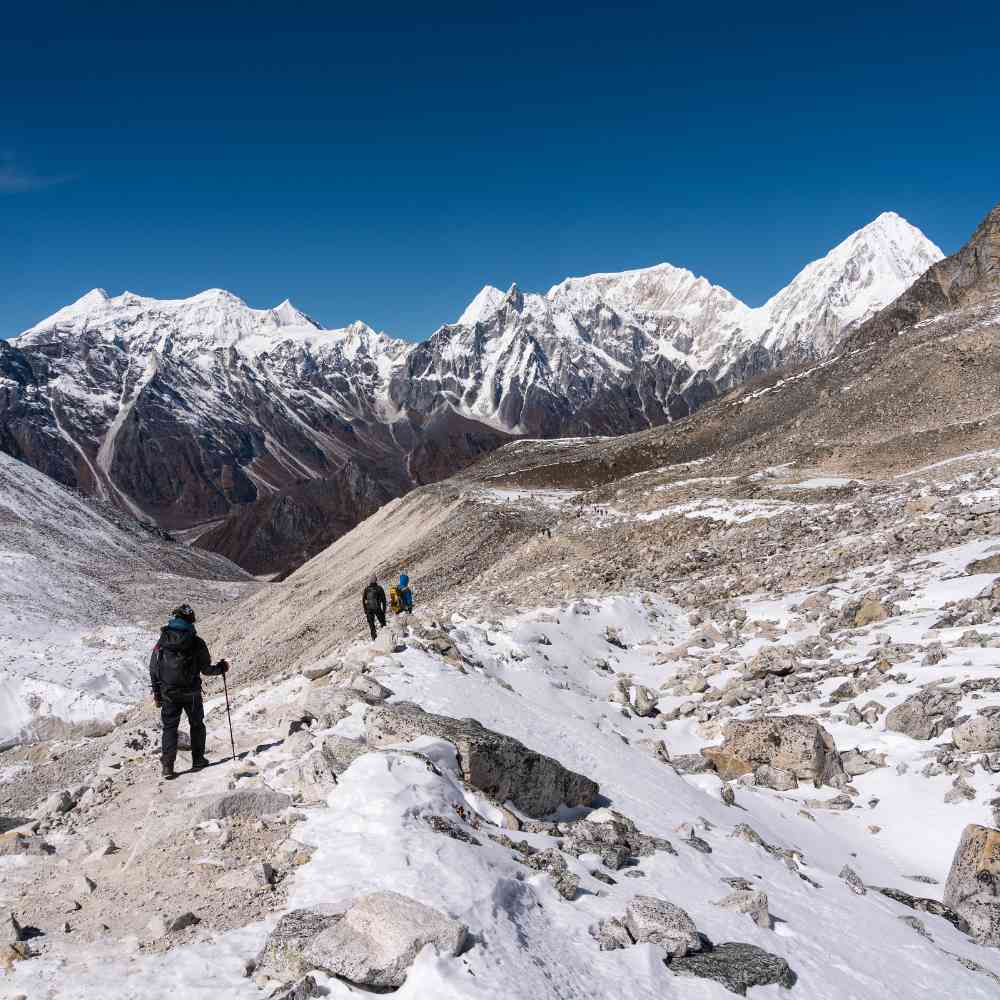
Besides some popularity, the Manaslu Circuit Trek is less crowded than some other treks. It provides the challenge of a journey around Mount Manaslu which is the 8th highest peak in the world with diverse landscapes and cultural elements.
5. Upper Dolpo Trek:
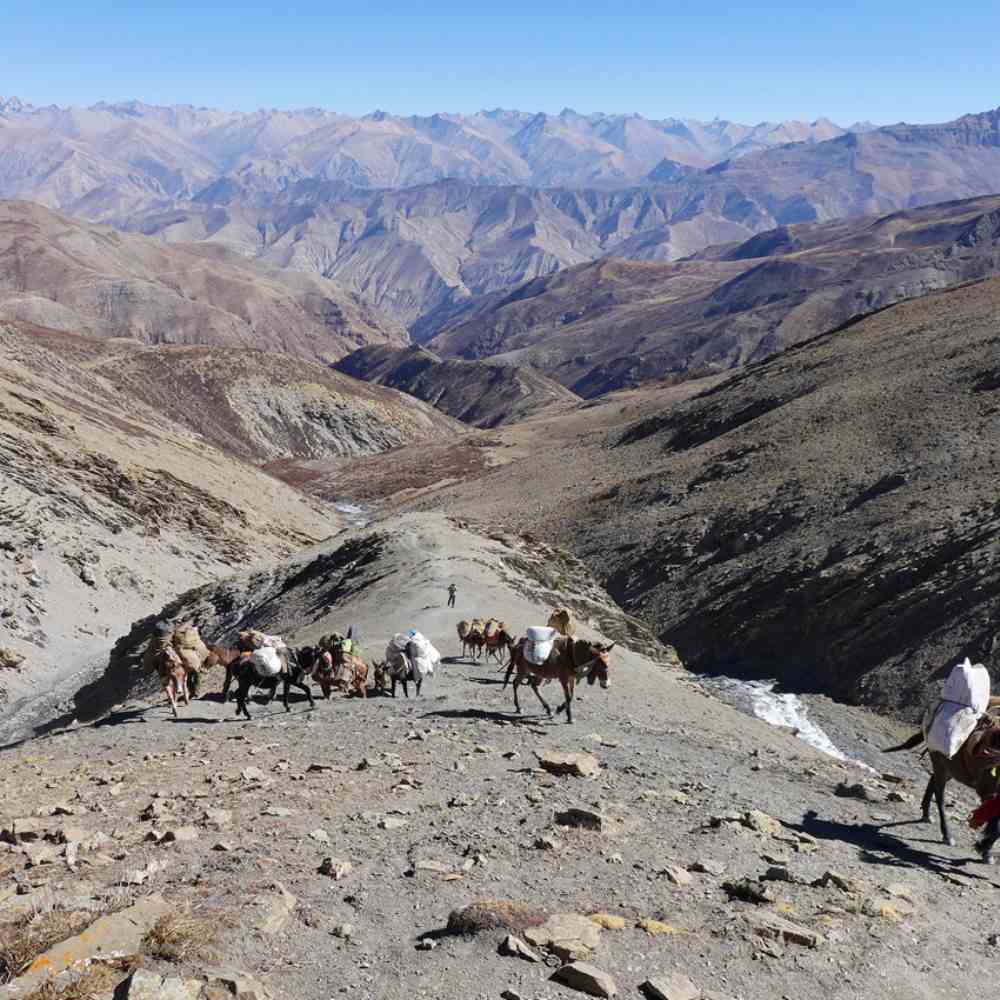
Highly remote with fewer visitors, Upper Dolpo provides exclusively trekking adventure with the tough terrain, ancient Bonpo culture and fascinating landscapes which were shown in the Hollywood movie “Himalaya”.
6. Everest Base Camp Helicopter Tour:
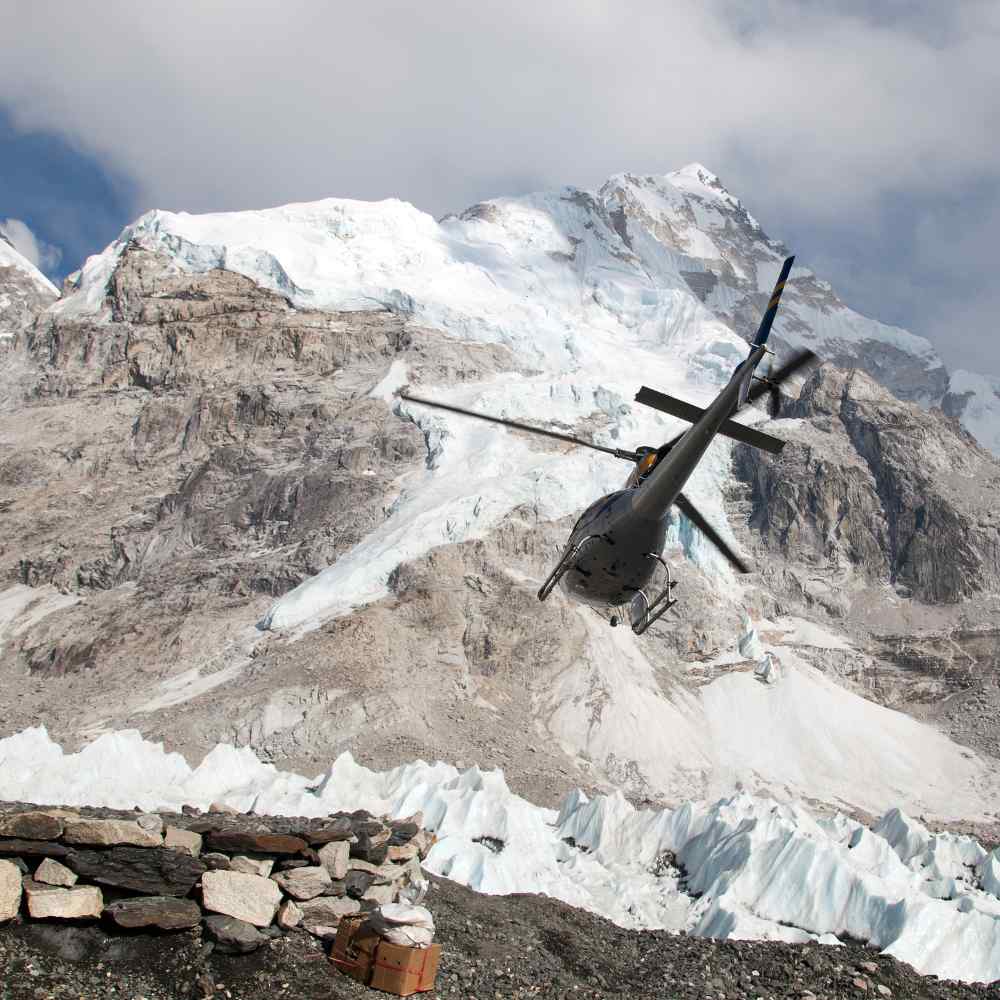
The Everest Base Camp Helicopter Tour offers a unique and thrilling perspective on the world’s highest peak, Mount Everest, and its surrounding Himalayan landscape. Ideal for those with limited time or seeking a more comfortable alternative to the traditional trek, this tour provides an unforgettable aerial experience.
7. Makalu Base Camp Trek:
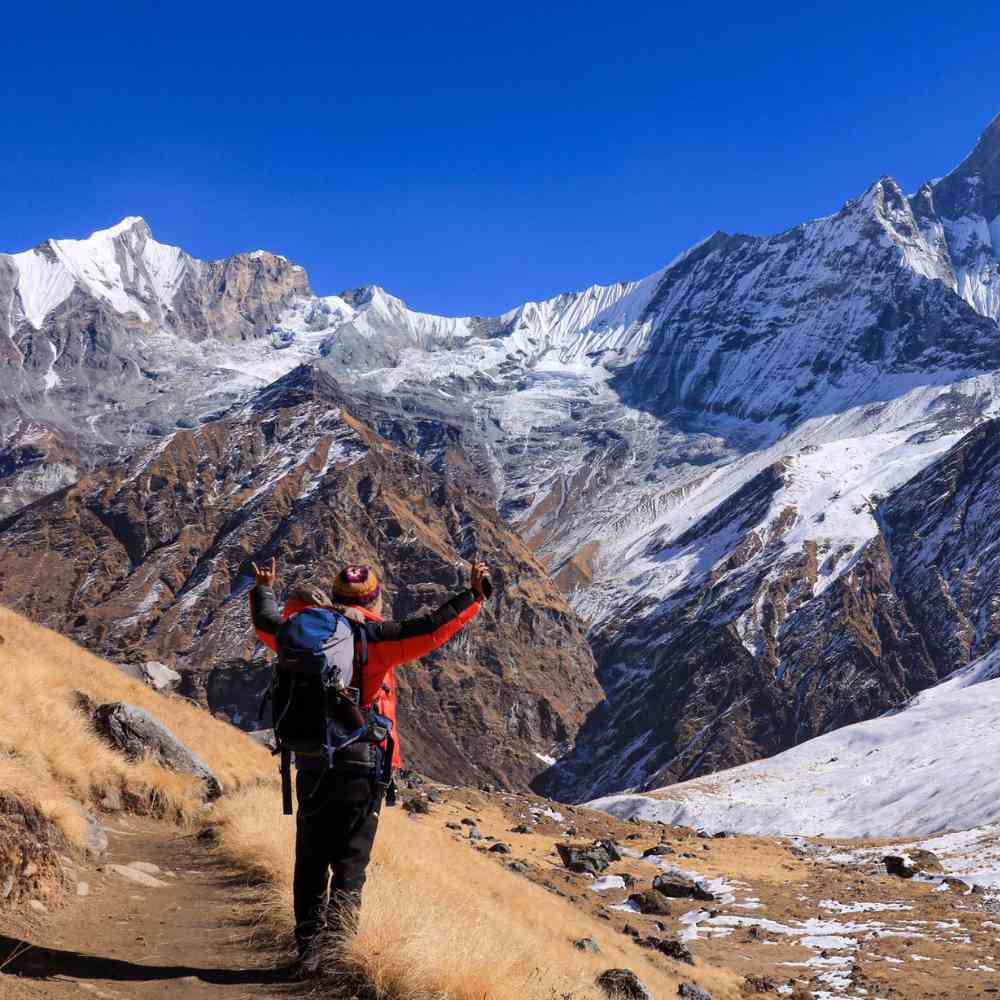
The trek to the base camp of Makalu, the fifth highest peak in the whole Himalayan region, is full of thrilling trails with some of them being technically difficult, pristine wilderness, and spectacular views of the east Himalayas.
8. Rara Lake Trek:

What makes this trek special is the fact that it is in a far-flung Karnali region and it takes you to the largest lake of Nepal, Rara Lake, which lies within a pine forest surrounded by snow peaks, making the overall experience remote and serene.
Nepal Travel and Trekking: 10 Factors A Traveler Should Know
Nepal is undoubtedly a thrilling place, full of a host of opportunities for adrenaline rushes, exploration, and cultural outreach. Nonetheless, organizing the journeys and trekking in this diversified Himalayan country calls for attentive preparation and good planning. In this section, we will disclose the ten important points that every traveler must know before their trip to Nepal in 2024.
1. Visa Procedure:
Travelers should be aware of the documentation that an individual requires to enter Nepal. On-spot Visa process is available for the majority of nationalities whether you are flying to Tribhuvan International Airport in Kathmandu or entering Nepal through land border crossing. It is, however, imperative to cross check the present visa regulations and fees beforehand while going on a trip to a different country.
2. Trekking Permits:
For some trekking routes in the Nepalese regions the trekking permits are required while they are often obtained either through trekking agencies registered with them, or the Ministry of the Interior in Kathmandu. Elite trekking regions including Everest, Annapurna, and Langtang, permit requirement has a necessary wheelblades that you must have fulfilled.
3. Accommodations:
During his trek in Nepal, the hikers could rest in different types of places, from all the way from the plainest tea-houses to the more comfortable lodges or in luxury vacation rentals in Nepal. It cannot be stressed enough how important it is to carry basic amenities, and especially to be prepared for areas where facilities may be lacking, especially if you are hiking into the wilderness. In booking hosts in the places with high demand along the route and during peak seasons, you should definitely be on the safe side.
No property data available.
No property data available.
4. Altitude Sickness:
Similarly, in trekking of Nepal, one may gain substantial height, which may be encountered by altitude sickness or acute mountain sickness (AMS). Moreover, participants of the trek should be aware of the symptoms of AMS and adequately prepare by taking measures such as gradual acclimatization, drinking lots of water, and descending in case the conditions get worse.
5. Guide and Porter Services:
Hiring a licensed guide and/or porter is common and recommended for traveling and trekking in Nepal, especially for those unfamiliar with the terrain and culture. Guides provide valuable assistance with navigation, cultural insights, and emergency response, while porters help carry luggage, easing the burden on trekkers.
6. Travel Insurance:
It’s crucial to have comprehensive travel insurance that covers travel and trekking activities, including emergency medical evacuation. Travelers should carefully review their insurance policy to ensure it provides adequate coverage for potential risks associated with traveling and trekking in Nepal.
7. Weather and Seasons:
Nepal experiences distinct trekking seasons: the two peak seasons – Spring (March to May) and Autumn(Mid-September to December) – account for all-round good weather and allows good sightseeing conditions for the trekkers. Although, weather can be unforeseen and temperamental on mountainous areas thus it is a precious enjoyable moment to be prepared for sudden gusts of Winds and pack luckily.
8. Cultural Sensitivity:
Nepal is the land rich in culture and it is one of the countries with many tribes and their traditions. Visitors should adhere to local customs, maintain their modesty when dressing and photographing people or holy places should be only if asked to.Besides, acquiring a little knowledge of Nepali can help improving the cultural exchange.
9. Environmental Conservation:
Being on Nepal’s unspoiled nature’s highs brings accountability to minimize air pollution. While traveling the visitors should perform Leave No Trace methodologies, get rid of garbage properly and support eco- friendly trekking operators and projects oriented on preservation of Himalayan environment.
10. Emergency Contacts and Communication:
Before commencing a trip to Nepal, tourists should let their friends and families know their itineraries and have the contact information for the local authorities, trekking agencies, and medical facilities to contact for help. A cell phone service may be absent from remote areas, the reason why more communication tools can be crucial (satellite phones and emergency beacons).
Taking into account these factors and making sure they are adequately prepared for their traveling and trekking in Nepal, the tourists will have more safety, more enjoyment, and much better cultural understanding during their trip.
The Bottom Line
In conclusion to our Nepal Travel and Trekking Guide for 2024, we’ve dug into the very soul of this tiny Himalayan gem, overflowing with adventure and cultural surprises. Equipped with the seasons to travel, trekking essentials, and cultural insights, you’re all set for an incredible adventure.
Nepal offers no fewer than 8 of the 10 highest mountains in the world, from the awesome height of Everest to the tranquil valleys of Annapurna. It is a place where every visitor is guaranteed an experiential masterpiece through distinctive experiences. Keep in mind that the critical aspects are safety, cultural sensitivity and sustainability so you can experience but can also preserve these amazing places.
So, pack light, but pack well. Strap on your boots, but open your heart to the warmth of Nepalese hospitality. This is the start of your journey, where you will encounter the best of the mountains, the peaceful chants, and the exciting interactions. The Himalayas have much to offer. Safe travels!
